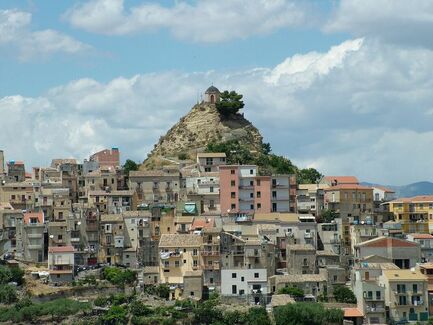 In the eastern part of Sicily is a hilltown which, when viewed from the air, resembles a primitive depiction of a man. Others might say the shape resembles a starfish clinging to the mountain. Centuripe (called Centuripae by the Greeks) is in the province of Enna, located 38 miles from Enna in the hill country between the Rivers Dittaìno and Salso, with a wonderful view of Mount Etna. Centuripe's roots extend back to the 5th century BC, when it was a Hellenic city. In the first century BC, Cicero claimed in his writings that the town had a population of 10,000 and was one of the largest and richest cities on the island of Sicily. 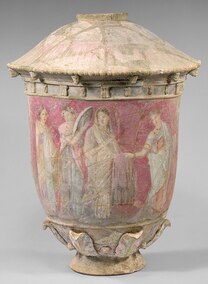 In the 2nd and 3rd centuries BC, a uniquely beautiful type of ceramics dubbed Centuripe Ware originated here, with tempura paintings applied to fired clay. Partly destroyed by Frederick II in 1233 (after which most of the inhabitants moved to Augusta), the city’s ruin was completed by Charles of Anjou. It was later rebuilt by Francesco Moncada, count of Adernò (now Adrano), and was ruled by his descendants as a county until 1813. Known as Centorbi until 1863, it passed to the Kingdom of Italy in 1860 and was the scene of heavy fighting in World War II. 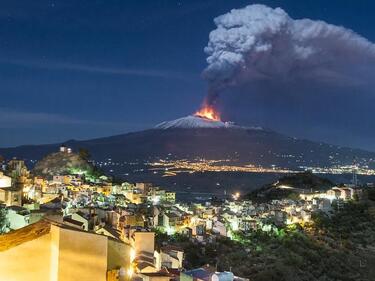 Nighttime view of Mount Etna from the town Nighttime view of Mount Etna from the town Remains of the classical city include Hellenistic houses with wall paintings, baths, and cisterns, and several substruction walls, mostly of the Roman period, on the steep slopes. Centuripe’s civic museum and the Palazzo Comunale exhibit Hellenistic terra-cottas, finely painted vases of local manufacture, and relics from a large number of excavated tombs in the area. Agriculture (grains) is the town's mainstay, caves with sulfur and salt deposits, and quarries for chalk and marble are other resources. Nearby are local mineral springs. This sleepy town is well worth a visit, if only for the stellar view of Etna from it's Castle. --Jerry Finzi Nisida is a volcanic island near Cape Posillipo southeast of Naples. The crescent shaped island is connected to the mainland by a stone bridge. Being a volcano, there is a flooded crater forming the bay of Porto Paone on the southwest side--a small cove, really. The island is a bit more than a half mile across and juts out of the Tyrrhenian Sea to a height of 350 feet. You can park and walk to the island on the stone bridge or go by boat--renting one at the nearby marina. Visiting the far side and cove of Nisida is really the best way to enjoy its natural beauty. Nisida doesn't have a beach of its own, but the rocky side of the island is worth exploring by boaters. There is a large public beach on the mainland facing Nisida, with a parking lot just on the left before the causeway. Adjacent to the causeway is a public marina where you visitors might be able to hire a boat. Several restaurants are also nearby. As with many parts of Italy, some of the area is covered in graffiti and looks worse for wear, but then again, this is Naples. If you walk to the island, you can hike in the non-restricted areas and take in the views of Naples and the surrounding bay and islands. The pebbled beach is surrounded by clean crystal clear water. You can relax in a private shady spot in the woods that cover the island nearly down to the beach. If you sail, you can rent small sailboats and cruise the waters around the island, and if you go by boat, be sure to check out the arch and the grottoes cut into the far side of the island. In the time of the Romans, politician and military leader Lucius Licinius Lucullus built a villa on the collapsed and flooded island volcano of Nisida. Another general, Marcus Iunius Brutus (of et tu Brute fame) also built a villa there for holidays and some say the plot to assassinate Julius Caesar was plotted there. You might say this was the Cape David of the day where the military leaders went for vacation, to rest, recharge and ponder their next battle while they enjoyed the comfort and pleasures of this island in the sea. Brutus's wife Porcia, committed suicide sometime after learning of Brutus' plan to assassinate Julius Caesar. Some historians think Brutus and Cassius hatched their plan here on Nisida. Some of the archaeological remains on Nisida are supposedly of Brutus' villa. Since then, there have been monasteries, a castle and even a prison on the island. Artists and noblemen would flock to it and even Cervantes was inspired by its mystery and charm. Today there is a rehabilitation center on the island for young boys at risk where they learn trades such as carpentry, ceramics, glass-making and other skills. The NATO Maritime Command also has it's headquarters on the island, although most of their personnell has moved to a newer facility further north. In addition to the island itself, it's worth a visit to Parco Virgiliano (the Park of Remembrance), a scenic park located on the hill of Posillipo, just across from Nisida. The Park serves as a green oasis atop the tufa stone typical to the coast of Posillipo. A series of terraces 500 feet above the Gulf of Naples provides the park with a unique array of impressive vistas, including views of Nisida... the views at sunset are stunning. For SCUBA divers and kayakers, the rugged coastline just to the east of Nisida , know as Area Marina Protetta Parco Sommerso di Gaiola is also worth exploring. There are several kayak rentals nearby and many sea grottoes to explore. If you are diving, the opportunity of diving through a sunken Roman villa can't be missed. --Jerry Finzi You might also be interested in...
A Tuscan Beach Vacation: The Maremma Off the Tourist Path: A Visit to Tropea on the Coast of the Gods Jewels from the Sea: Glass Beaches in Italy Vieste and the Legend of Pizzomunno: the Gargano Peninsula, Puglia Off the Tourist Path: Gaiola Island, Naples Off the Beaten Path: Scala di Turchi - White Rock Stairs on the Sicilian Coast 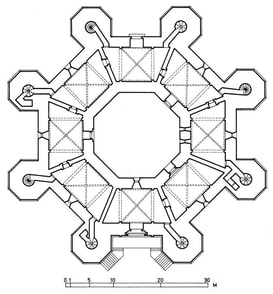 Castel del Monte, located in the municipality of Andria in Puglia, rises up from a rocky hill dominating the surrounding countryside of the Murgia region near the Adriatic Sea. A unique piece of medieval architecture, it was completed in 1240 AD. The castle’s location, its perfect octagonal shape, as well as the mathematical and astronomical precision of its layout all reflect the education and cultural vision of its founder, Holy Roman Emperor, Frederick II, although the actual architect and builder is still unknown. As a leader of modern humanism, the Germanic Emperor brought scholars together in his court from throughout the Mediterranean, combining Eastern and Western traditions. The castle’s unique design, an octagonal plan with octagonal towers at each angle, represents a search for perfection. Interior features reflect Eastern influences, such as the innovative hydraulic installation used by Frederick II which used rain water for the toilets and bathrooms of the fortress. Although he had been the founder of the castle, it is believed that Frederick II never spent a night here. It is believed the castle was initially conceived as a hunting lodge. However, several sources suggest that in 1249 the castle was used as a theater when the wedding of Violante, Frederick’s daughter, took place. In 1256, it was used as a prison for rebels by Frederick II’s son, King Manfredo of Sicily.
The original intended use of the Castel del Monte is unclear. The shape doesn't make it look like a castle but more of a defensive fortress. But it lacks the elements that would be necessary for proper defense: it has no ditches or moat, no drawbridge, no basement..only very large, marble-covered rooms, worthy of a lavish royal residence. During the Middle Ages, all of the rooms were decorated with precious polychrome marble, mosaics, paintings and tapestries, but unfortunately over time Castel del Monte was robbed of its treasures by looters and vandals. The castle was built using three types of material: limestone, white marble and coral breccia. The site is of outstanding universal value in its formal perfection and its harmonious blending of cultural elements from northern Europe, the Muslim world and classical antiquity. Castel del Monte is a unique masterpiece of medieval architecture, reflecting the humanist ideas of its founder, Frederick II of Hohenstaufen. Castel del Monte is also a designated UNESCO world heritage site and is considered to be one of the best castles in Puglia. Perched on top of a hill and see for miles around at an altitude of 540 meters, the castle can be reached by driving on the SS170 motorway. Visiting Castel del Monte April 1 to September 30 from 10:15 to 19:45 - The ticket office closes at 18.00 hrs. October 1 to March 28 from 9:00 to 18:30 - The ticket office closes at 19.15 hrs. The full-price ticket costs 7.00 €, reduced rate of € 3.50 for age group 18-25. Free entry for under-18s and over-65s. Free entry on the first Sunday of the month. Free if you show your handicapped placard or card.  Italians love their presepe (nativity scenes). They buy them, they collect figures, they even make them from scratch and compete in their local competitions. And no where do they celebrate and promote the presepio as much as on Via San Gregorio Armeno in Naples. In fact, it's an all-year-round thing, so if you visit Naples in the summer, plan ahead and buy a presepe and some figures for next Christmas. If not, try visiting when the shops are gearing up for the holiday rush and putting out their newest creations during September or October. This street is packed full with shops selling artistic Italian style nativity figures and structures on which to display them. Many of these are actually wonderful examples of artistic talent, a craft passed on from generation to generation. Visitors can even watch how they are made in the workshops and studios--hands, feet and heads in terracotta, and clothing from fabrics or cartapesta (Papier-mâché). Still other craftsmen create all manner of structures like barns, villas, temples or entire villages out of plaster and paint. In recent years, presepe figures have been made to mimic popular culture. You'll find not only the Pope, but soccer players, movie stars, politicians and recording artists. 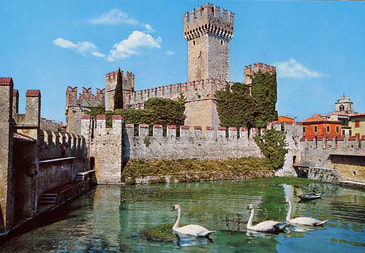 Castello Scaligero in the commune of Sirmione sits on a thin peninsula jutting out into the southern end of Lake Garda. Essentially, the ramparts of the castle function as a small fortified harbor for what was the Scaligera fleet. The castle has a de facto moat (the surrounding lake) and even a drawbridge through which visitors enter. There are 146 steps which take you up to ramparts of the walls which look down upon the little harbor. There is a small walkway around which bowmen would be stationed to ward off any intruders from the lake in addition to defensive towers. Castello Scaligero is perhaps the best preserved castle from medieval times in Italy, constructed in the middle of the 13th century on top of the remains of an ancient Roman fortress. Taking over a century to build, two courtyards and an other fortifications were also added. In 1405 the Republic of Venice took control and strengthened the castle even further. 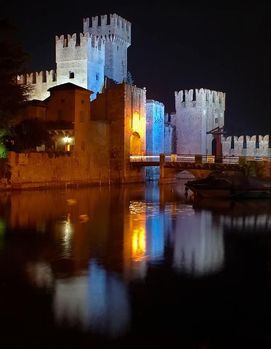 If you decide to visit, consider that in high season Lake Garda can get very busy. Still, there is so much to do in the surrounding area, even water parks and campgrounds if you're so inclined: Sirmione Historic Center - After visiting the Castello, take a stroll around the old town of Sirmione. There are shops, restaurants, gelaterias, pizzerias and beautiful architecture. Be sure to take in a passaggiata (stroll) at dusk to Piazza Callas and its pier that juts out into the lake. Archaeological site of Grotte di Catullo - Ruins of a sizable Roman villa on a peninsula with an olive grove & a nearby archeological museum. Can get crowded in high season but worth a visit. Camping Village San Francisco Mantua & Peschiera del Garda - Mantua is a wonder town surrounded by manmade lakes which create a huge moat. Peschiera del Garda is a "water" town--surrounded on all sides by the River Mincio which connects to the lake. Lake Garda Cruises GVI Travel Tip: Best visited in the off season.
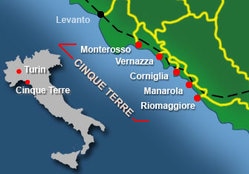 Amalfi Coast versus Cinque Terre Especially in the peak tourist months, the Amalfi Coast is bumper to bumper tour buses and its towns are chock full of tourists stepping on one another's toes. I wouldn't dream of driving the Amalfi Coast in summer--it was crazy enough in October when we were there! And I wouldn't want to rely on the sporadic local bus schedules--waiting for an hour just to get on, and then standing for an hour or more just to get to a destination. The cause? A blood-curdling drive going around hair-pin, cliff-hanging curves at the blazing traffic jam speeds of a mere 6 miles an hour. As for beaches... well, there really aren't many true beaches to speak of on the Amalfi Coast. Some of the towns can be overwhelmingly crowded in summer. As example, Amalfi-town is a kitschy, touristy hell that you're forced to drive through, but I don't recommend stopping. Towns like Atrani, Minori or Maiori are much more laid back. But, If you still looking for cute colored houses, clinging to rugged cliffs over the sea, then I have a suggestion: Instead of going to Amalfi, go where the tour buses aren't dumping off thousands of tourists--Cinque Terre in the northern Italian region of Liguria! 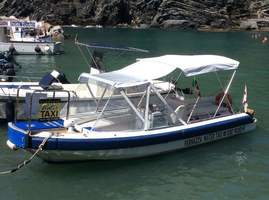 Taking a smaller water taxi affords a more personal experience rather than the larger, over-crowded (high season) large ferries Taking a smaller water taxi affords a more personal experience rather than the larger, over-crowded (high season) large ferries Cinque Terre literally translated means Five Lands, a reference to it's five towns: Monterosso al Mare, Vernazza, Corniglia, Manarola, and Riomaggiore, and even it isn't technically part of the Five Lands, I would include the wonderful port town of Portovenere just to the east, itself including the villages of Fezzano, Le Grazie and Porto Venere, and the three islands of Palmaria, Tino and the tiny Tinetto. If planning to visit the area, strongly consider getting out on the water to really experience this rocky seascape close-up. Take ferries from town to town, hire a captain or (if you are an experienced boater) a bare-boat rental and you will never regret it. The Terre's rugged coastline rivals the Amalfi Coast in beauty and its five villages along with the surrounding cliffs are part of the Cinque Terre National Park and is a UNESCO World Heritage Site. The advantage of visiting Cinque Terre is that cars (as well as tour buses) can't reach the villages. They are only accessible by local trains, by foot paths (old donkey paths) running between them or by boat-taxis and ferrys. While the Amalfi Coast is invaded by tour buses from cruise ships and has more tourists because of its proximity to Naples, Sorrento, Capri and Pompeii, the Cinque Terre villages stand on their own. If you are staying in Cinque Terre, there are very doable day trips to Genova, Portofino, Pisa, Lucca (our favorite) and even Florence if you have the extra time to take a train or rent a car. 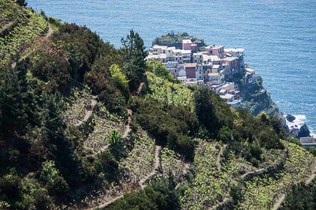 A view from high above A view from high above Tourism in the villages is more laid back than Amalfi. Here you will find more low modest hotels and rental apartments and more B&Bs than in Amalfi where chic Luxury hotels abound. And although Amalfi has some great hiking with its Sentiero degli Dei (Path of the Gods) high above its Coast Road, Cinque Terre also has paths connecting each village with wonderful views. Keep in mind however, that these walking paths--although well paved and often becoming wide promenades--have lots of people walking them in the high season and some parts can be very rugged in terms of changes in altitude --lots of ups and downs--so you'd better be in good shape. I wouldn't recommend Cinque Terre for seniors or anyone with heart or breathing difficulties. In Amalfi, the Path of the Gods is for more serious hikers with some easier parts paths mixed in all throughout the peninsula, but most of the tourists are going to the chic towns of Positano and Amalfi-Town--the place is very touristy. In Cinque Terre, there is Sentiero Azzurro running between the towns, as well as other more challenging hiking trails in the surrounding naturalized park areas for hard-core trekkers. Want to experience even more of the less-touristy areas of Cinque Terre? Then start at the top, overlooking the the Five Lands. There are many small villages, like Groppo and Valostra, which are all interconnected by hiking paths. To start, you can actually drive to Valostra, park your car in the free lot, and hike from village to village to your heart's content. The villages above Five Lands are definitely less touristy. The views of the sea from over 1000 feet elevation are something you'll remember your whole life. When you get a bit tired, you can always hop on a shuttle bus--they are all over this area. 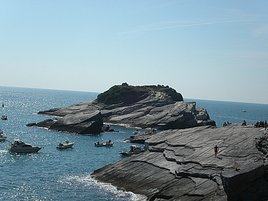 Sunning on the rocks of Tinetto island Sunning on the rocks of Tinetto island When visiting Italy in early spring or fall, you might have better weather in the south, but by American standards, the weather is still warm enough to enjoy a slightly off-season trip to Cinque Terre. In late October the rains and some winds start to come, so plan your trip earlier in the month. If you want to swim in the sea, plan your trip at the shoulder of the high season. If you don't mind more crowds, humidity and heat, plan your trip in summer. Personally, I would also squeeze in some time in Portovenere and perhaps have a water taxi drop me off on the Isola Palmeria--a national park with wonderful naturalized beaches that look back at the the town. There are hiking tails on the Island with amazing views and lots of nature to enjoy. 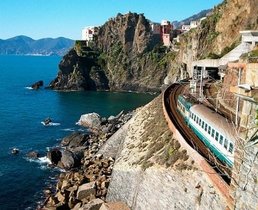 Every town has a train station Every town has a train station Of course, you might not want to hike between all of the towns... The trains are very convenient. Cinque Terre trains connect six stops: La Spezia (the large town to the east of Cinque Terre, where you make connections to other major Italian cities) the official "Five Lands" of Riomaggiore, Manarola, Corniglia, Vernazza, and Monterosso, and the town of Levanto. If you're coming from elsewhere in Italy, you would have to connect to either Florence, Milan, or Venice and then move on to La Spezia to connect with the Cinque Terre train system. From La Spezia to Riomaggiore is about 10 minutes, and then roughly 5 minutes between each town thereafter. And although some would say the trains run on an irregular, unreliable schedule, you can still catch a train every hour or so. This is Italy, after all. You can also travel between towns by water taxi which leave every hour or so. The simplest walks between towns are between 3/4 of a mile and 2 miles so you might plan on walking through all Five Lands... The Monterosso to Vernazza path is the most demanding and can easily take about two hours, while the By comparison, the Via dell'Amore which clings to the cliff above the sea, is all paved and relatively flat and can be walked in as little as 30 minutes. The Via dell’Amore has become a world-famous landmark in its own right with lovers placing locks enscribed with their names professing their unbreakable bonds of love. The keys are tossed into the sea. This is an easy walk when compared to the vigorous hikes on the rest of of the Sentiero Azzurro. Bottom line? Cinque Terre can be much less touristy than the Amalfi Coast if you don't visit in the high season, has less of that chic element and more of the backpacker feel, and is more suited to serious hikers, walkers and lovers looking for a more intimate getaway. --Jerry Finzi Copyright 2017 - All rights reserved - Jerry Finzi/Grand Voyage Italy
Click on the map above to see a high resolution version The dialects spoken in Italy can be divided into four main groups:
Northern Tuscan Central Southern. The Northern are distinguished as follows: Gallo-Italic, spoken in Piedmont, Liguria, Lombardy and Emilia, and so called because in these regions lived the Gauls; and Veneto. The Tuscan dialects are distinguished: Central, spoken in Florence, Western, spoken in Lucca, Pisa, Livorno; Southern, spoken in Siena and Arezzo. The Central dialects are: Northern Lazio; parts of Umbria; Marche The Southern dialects are as follows: Neapolitan, spoken in southern Lazio, Abruzzo, Campania, Basilicata and northern part of Puglia; and Sicilian, spoken in Salento, Calabria and Sicily. In addition, there are several other dialects: Sardinian dialects (Sardinia) The Istrian dialects (Istrian coast) Ladin dialects in Friuli, Dolomites. Each of these sub-classes of dialects can be broken down further into hundreds or thousands of local dialects. Still today, it is possible for hilltop villages within sight of each other to speak different dialects. |
Categories
All
Archives
May 2023
|

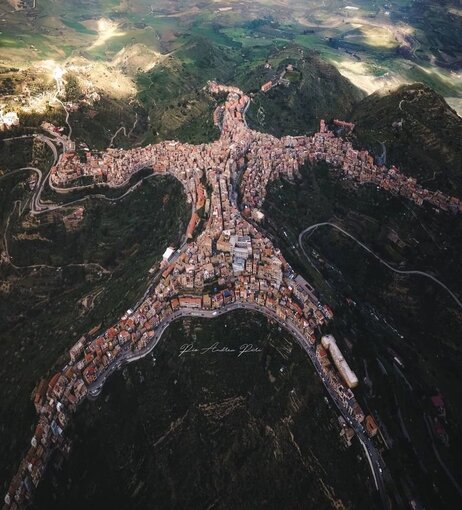
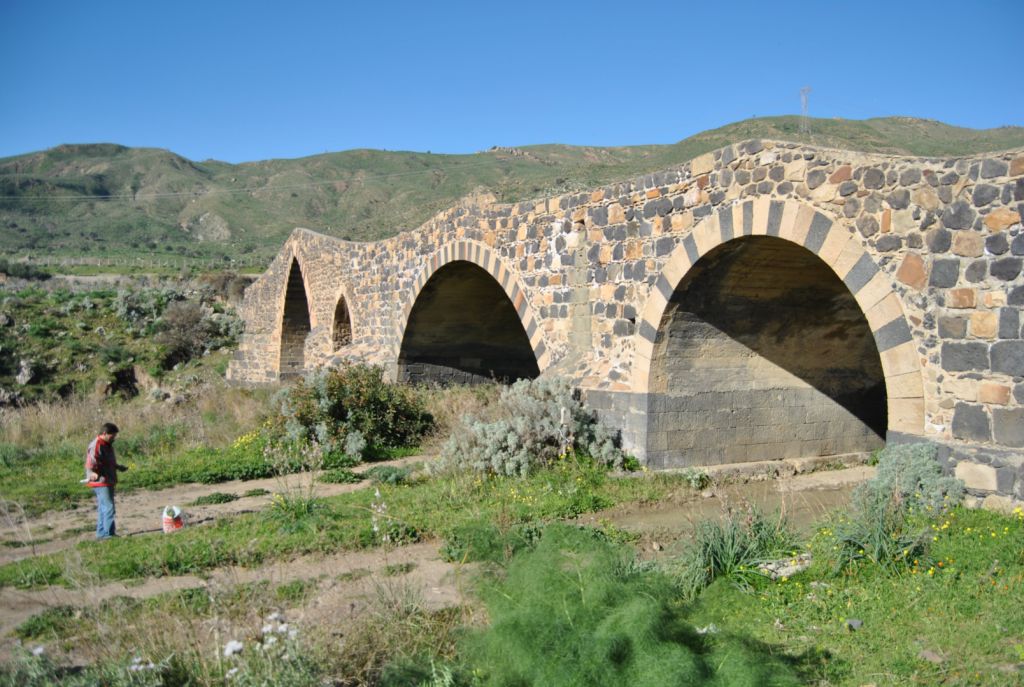
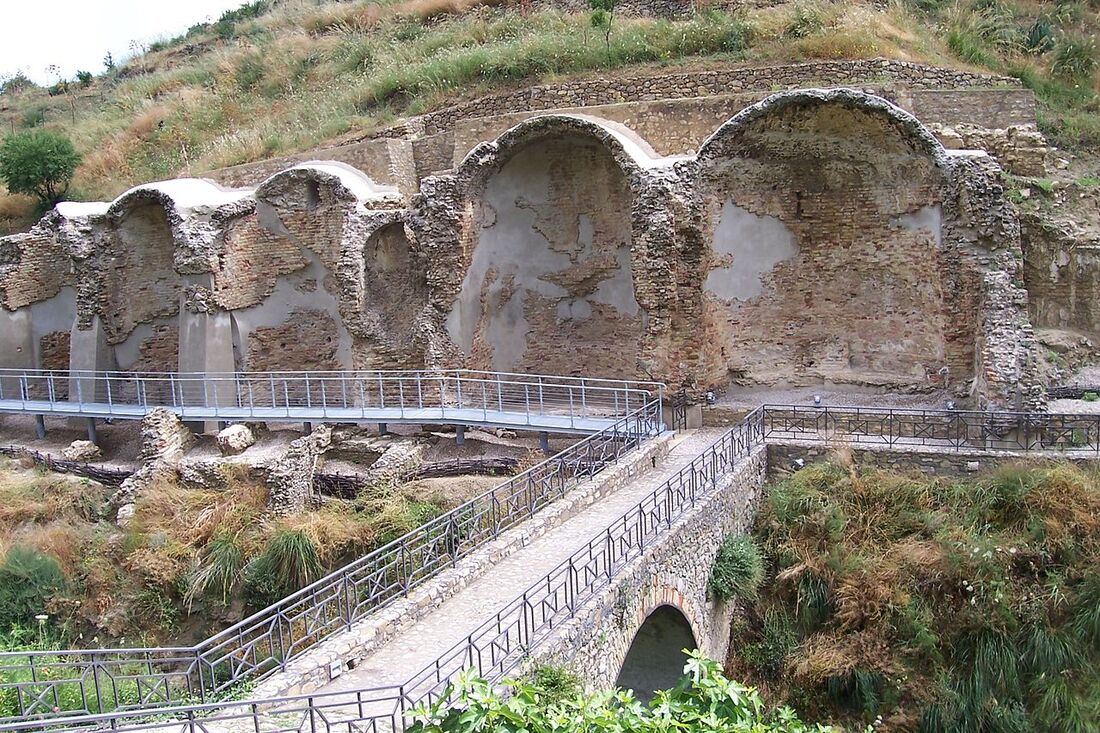
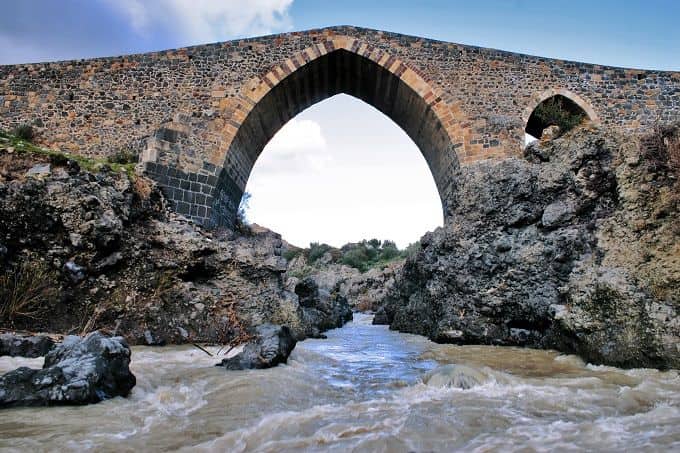
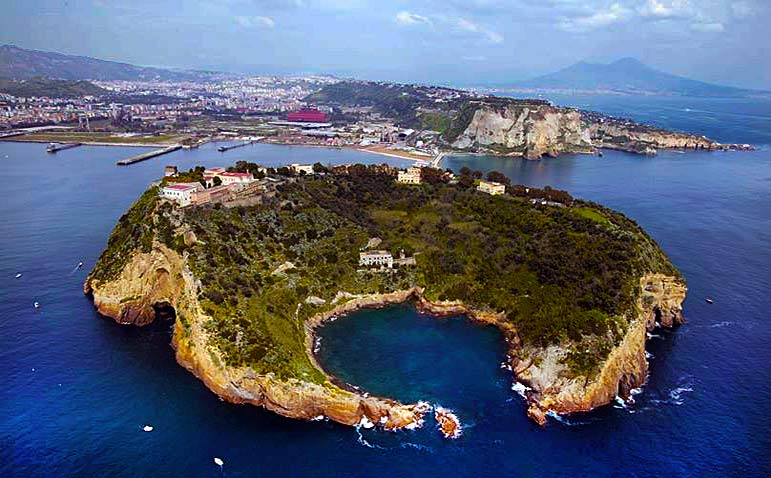
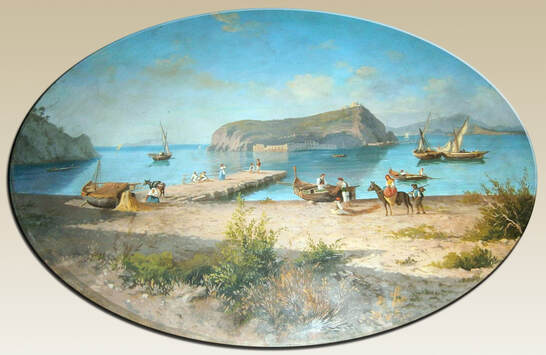
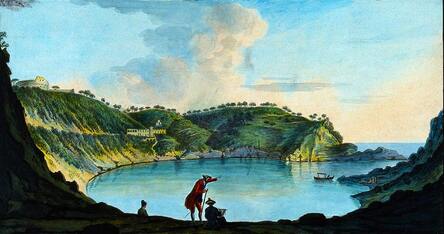
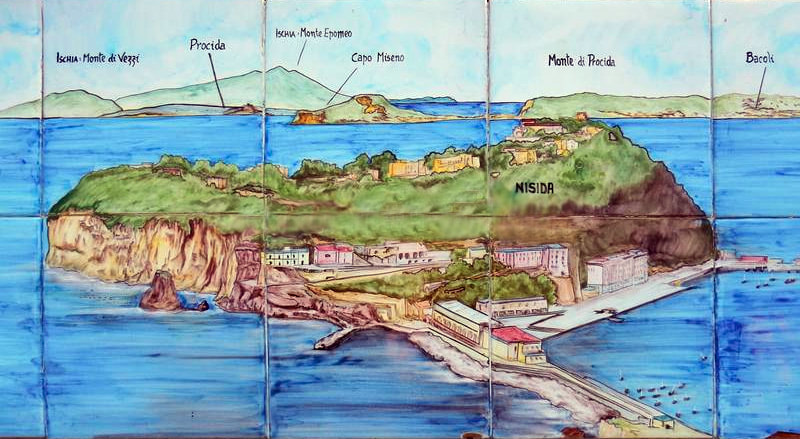
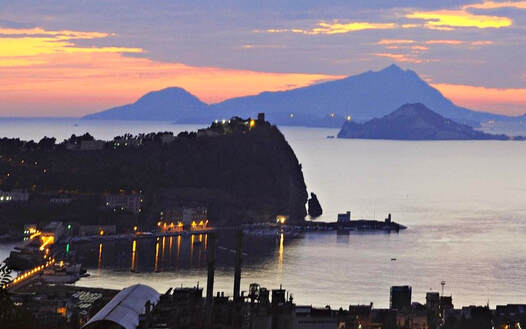
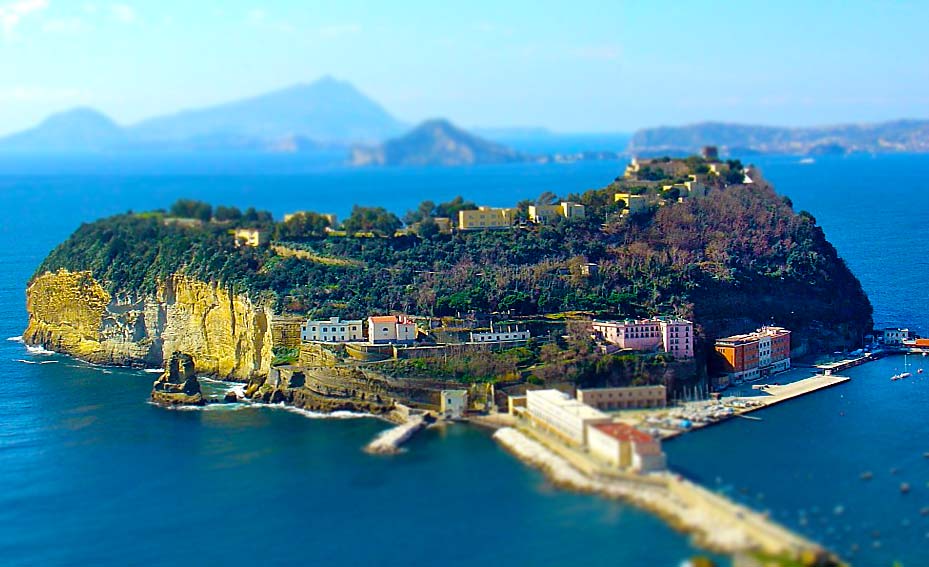
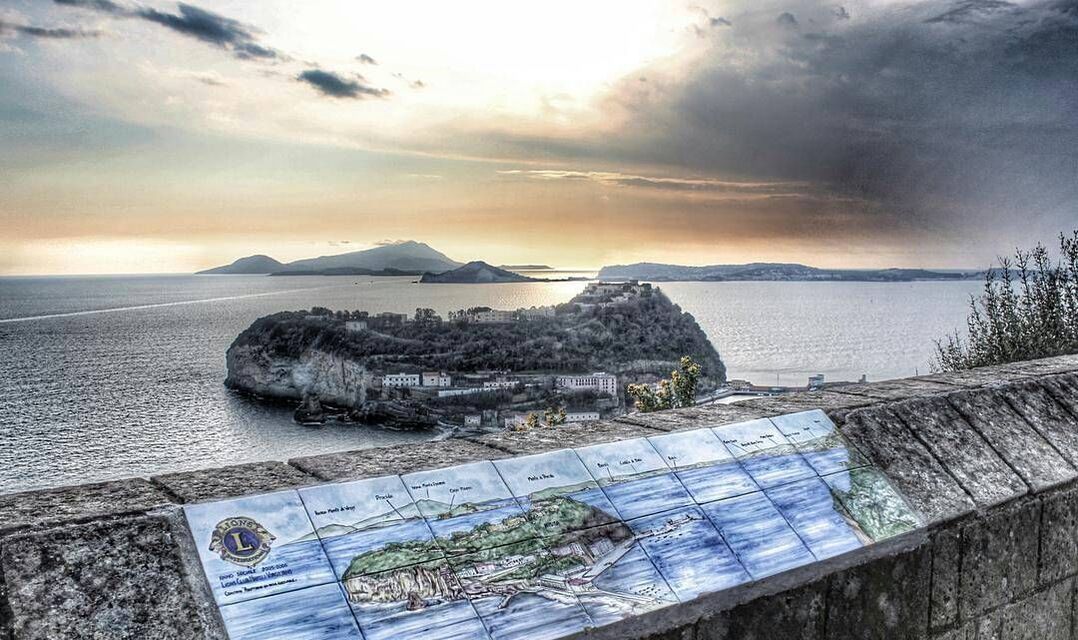
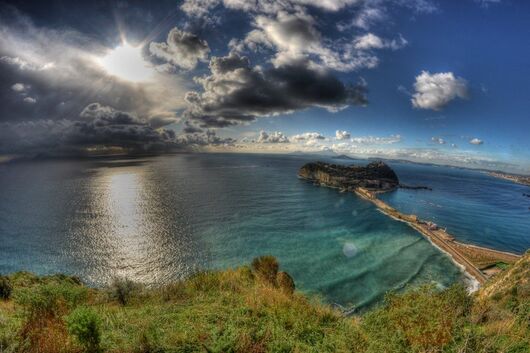
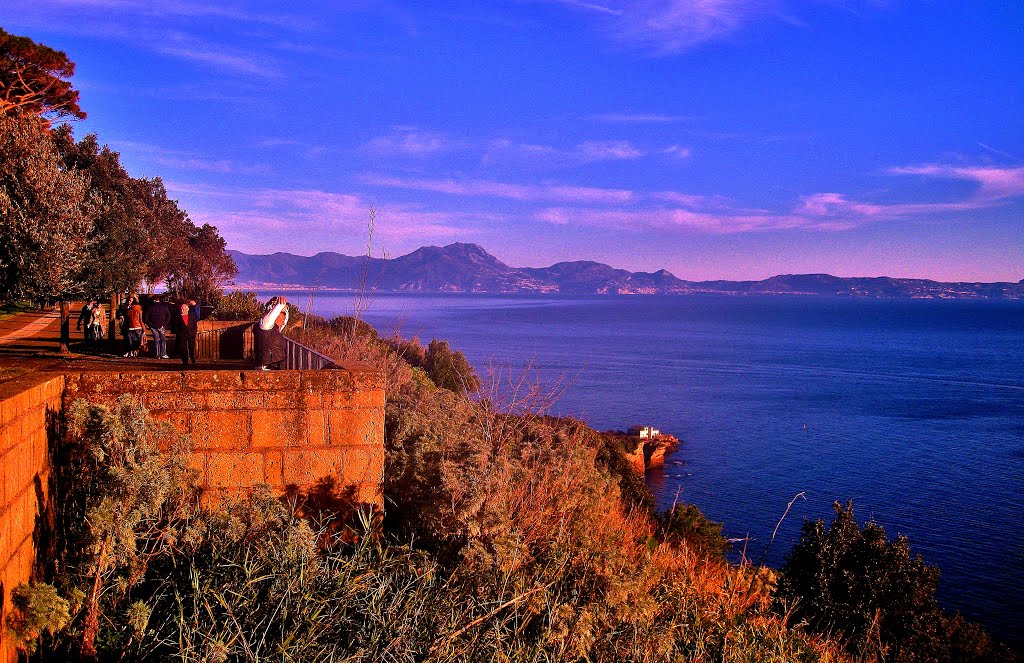
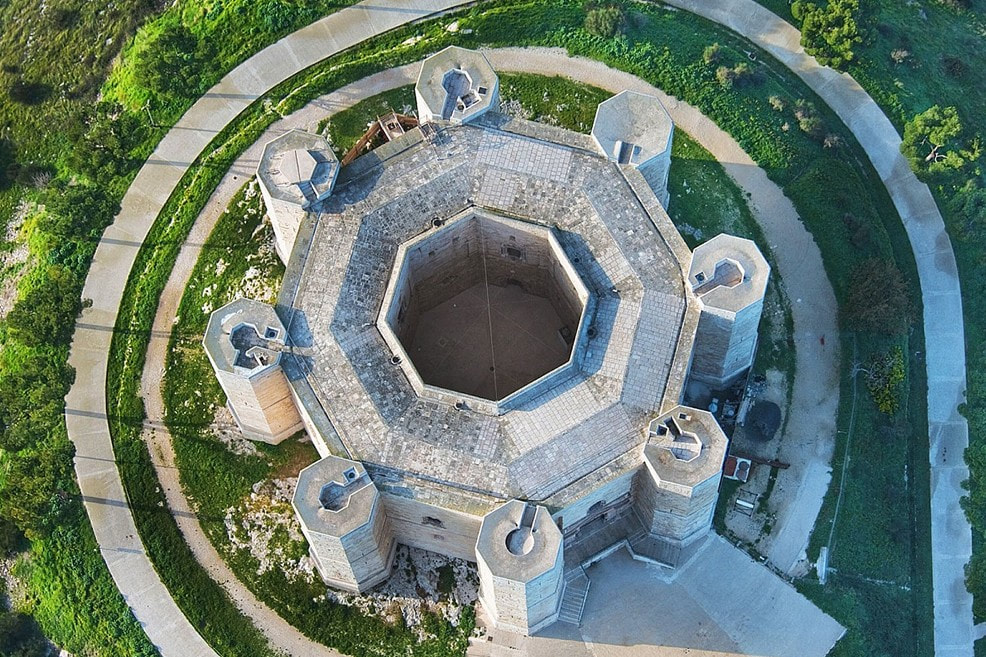
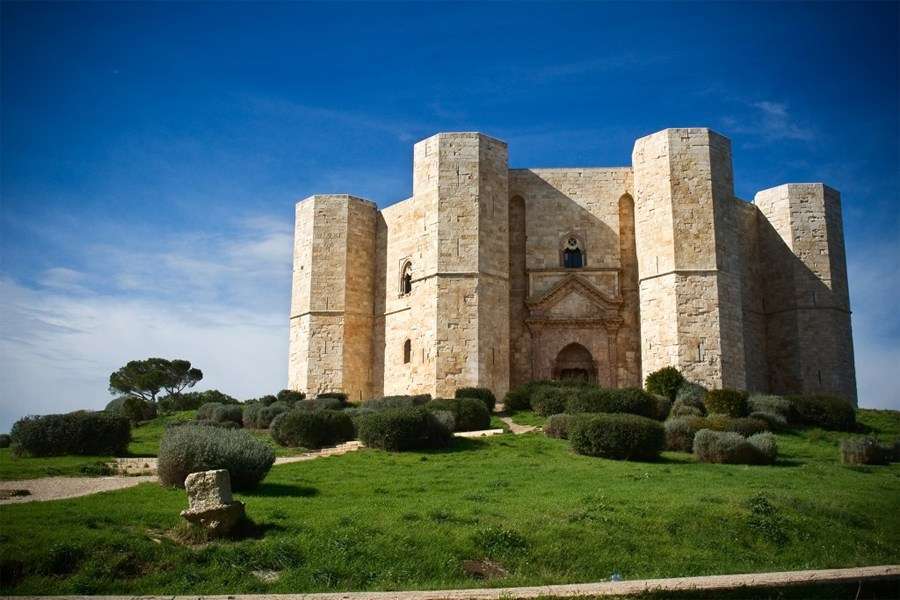
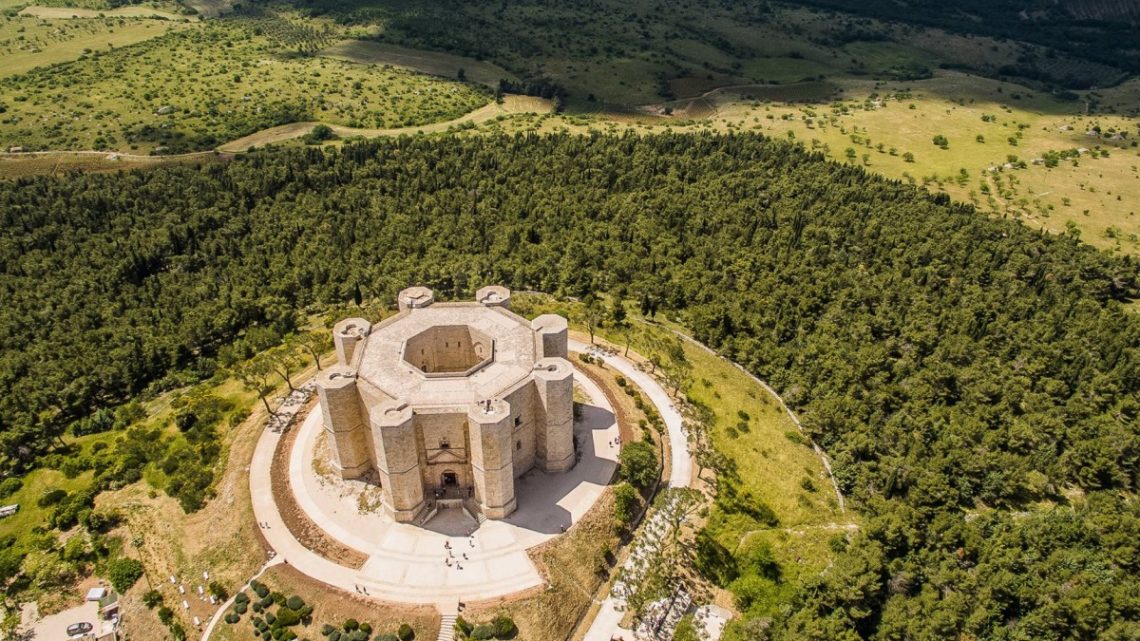
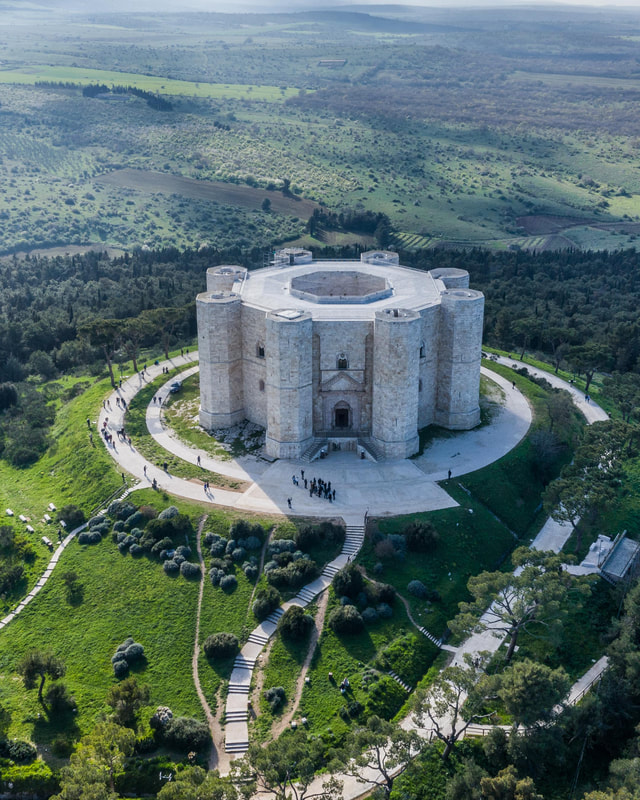
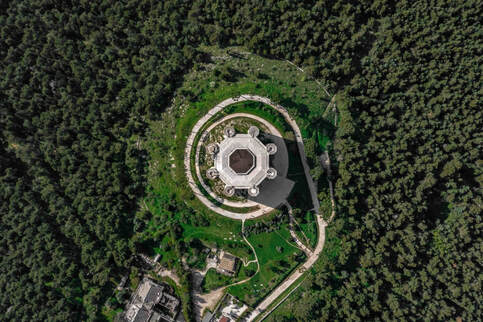

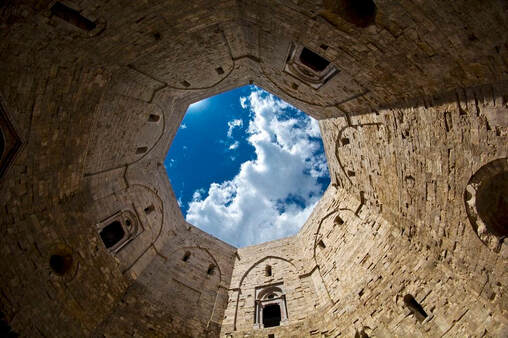
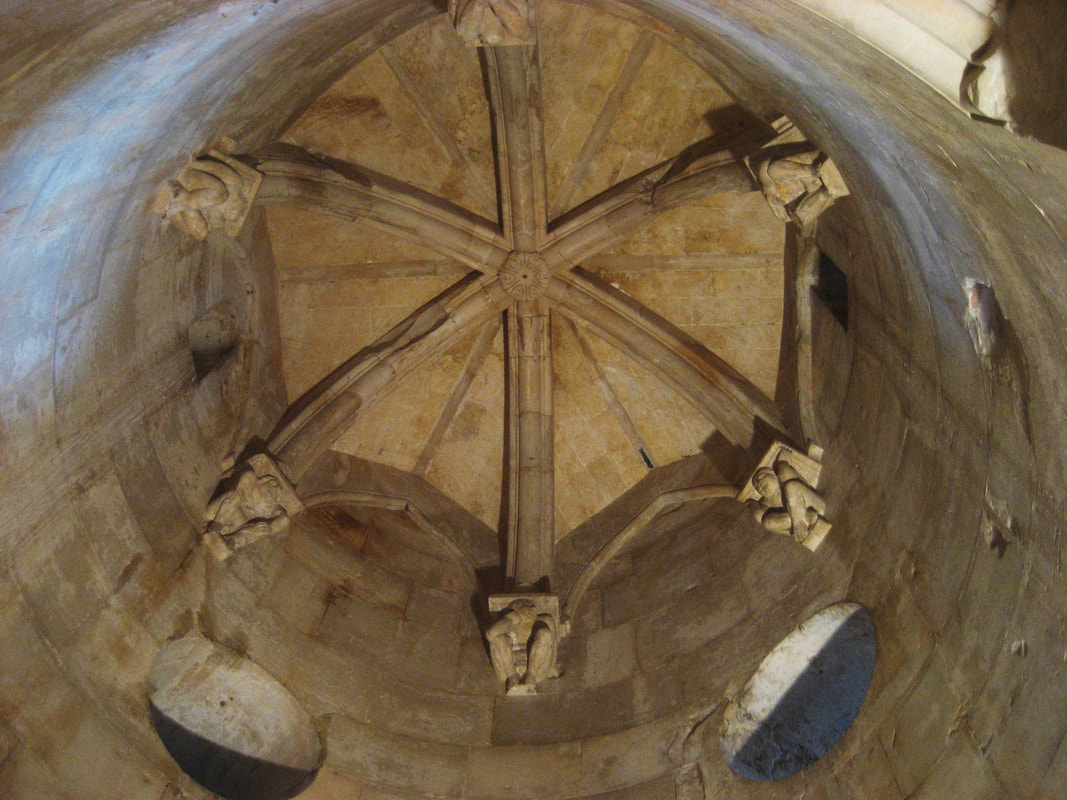
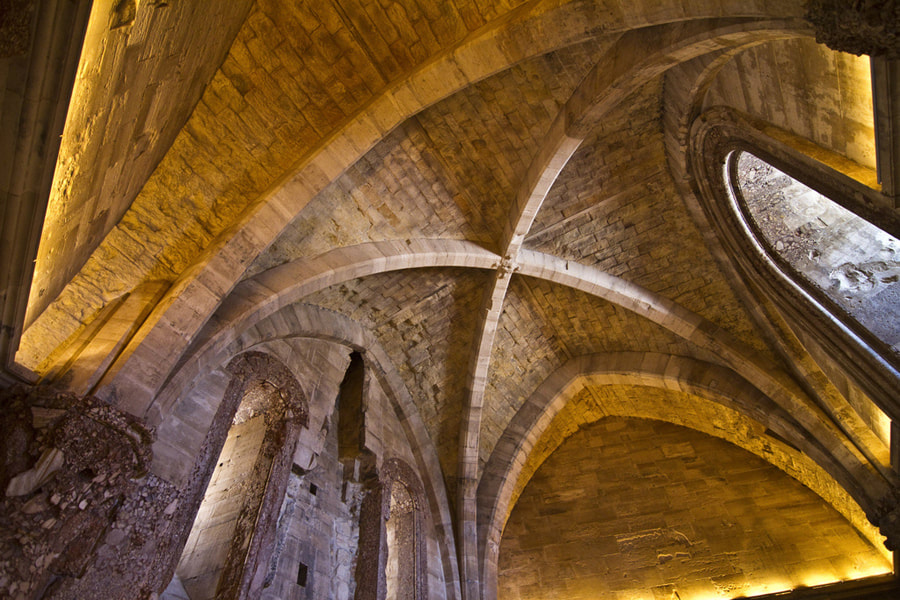
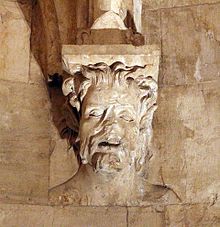
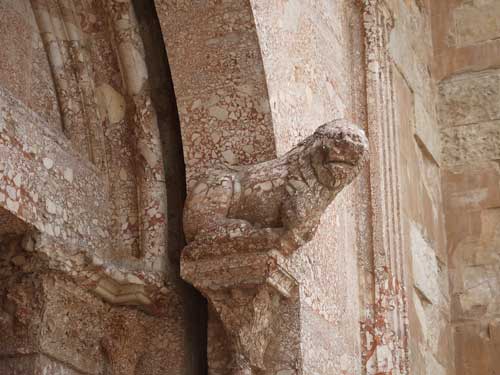
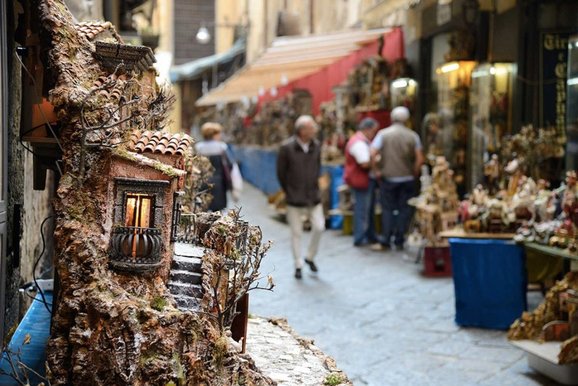


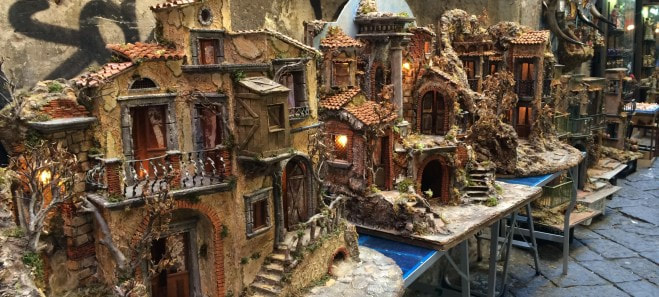

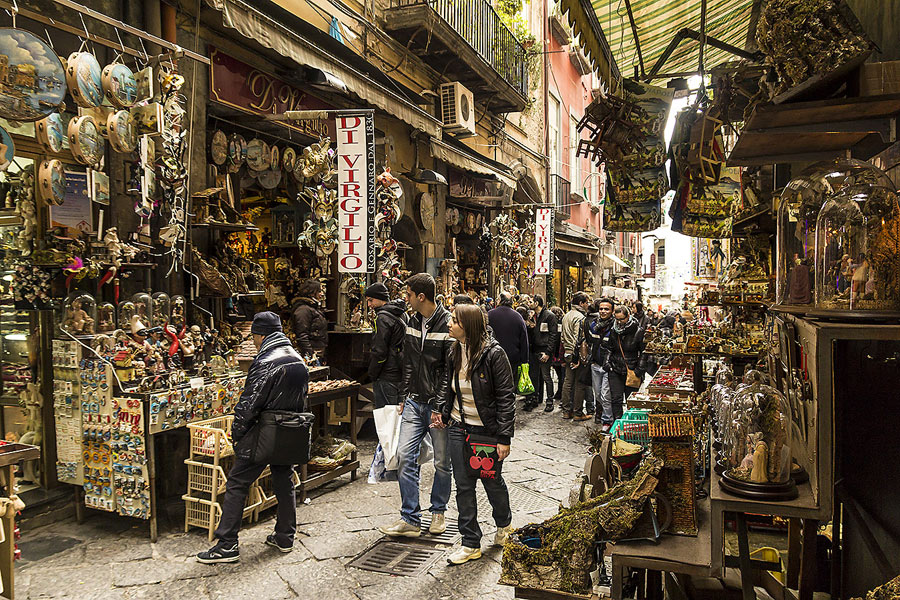
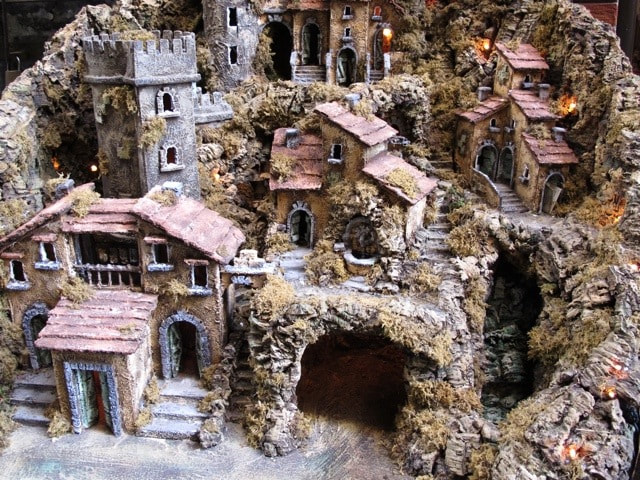
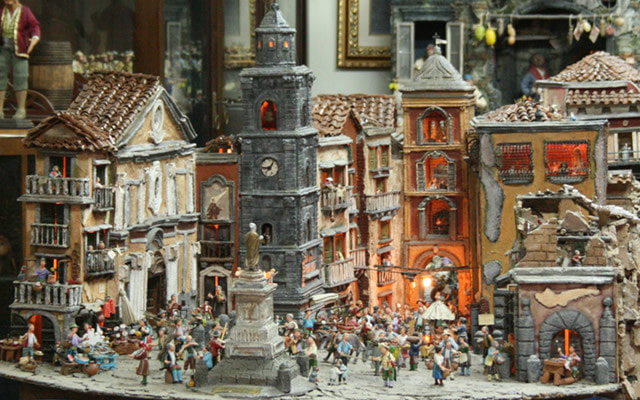
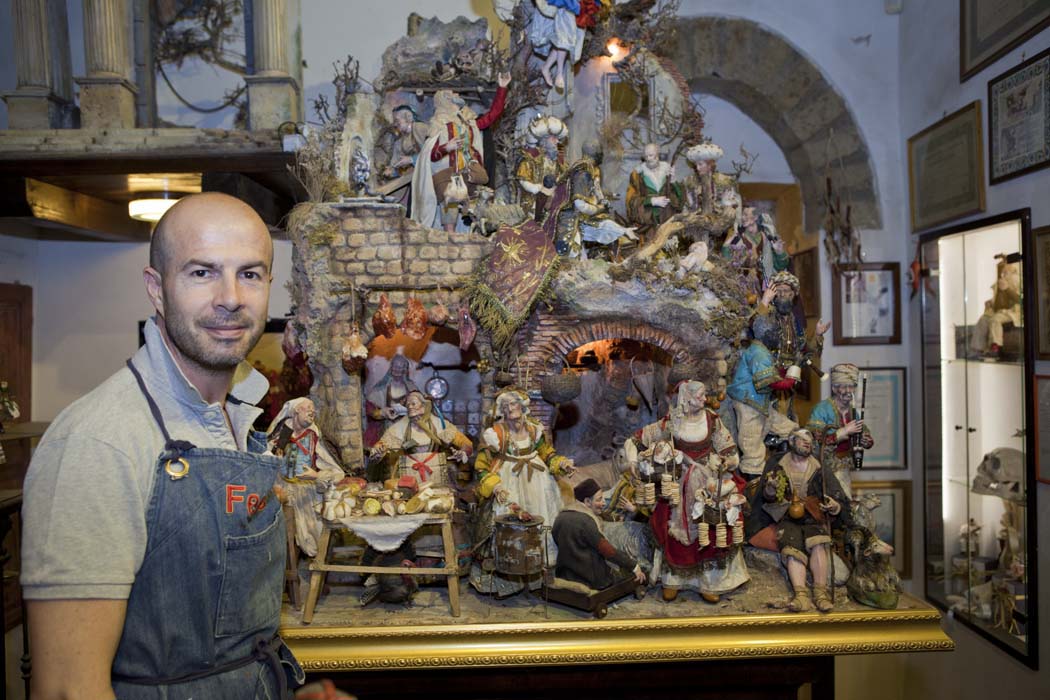
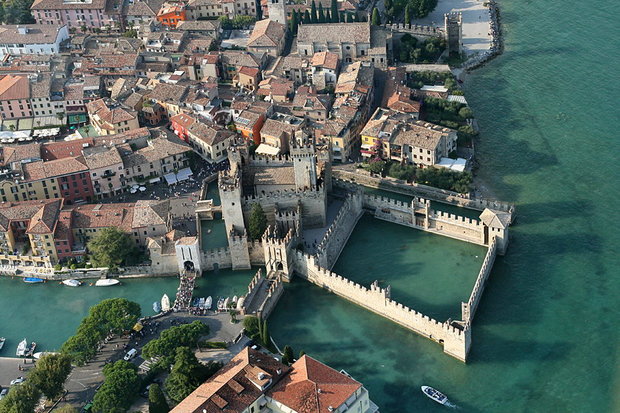
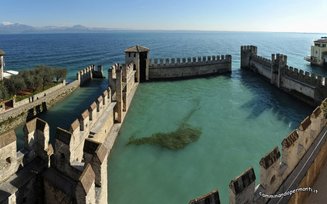
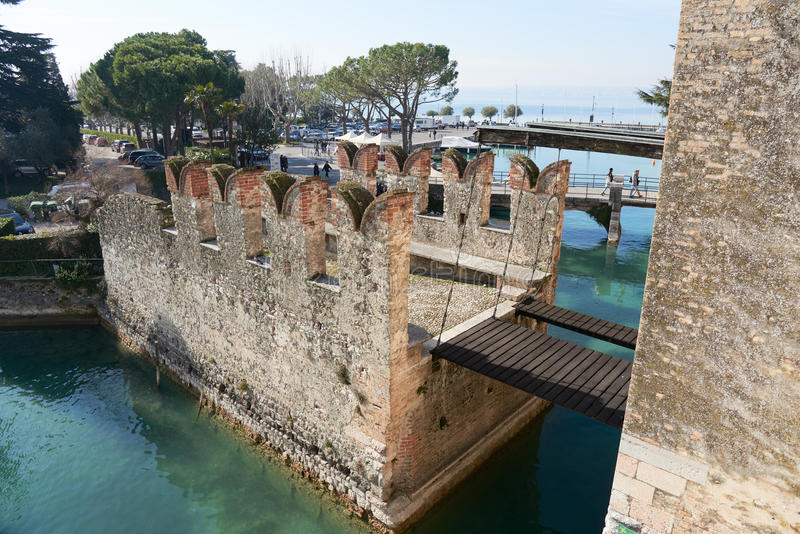
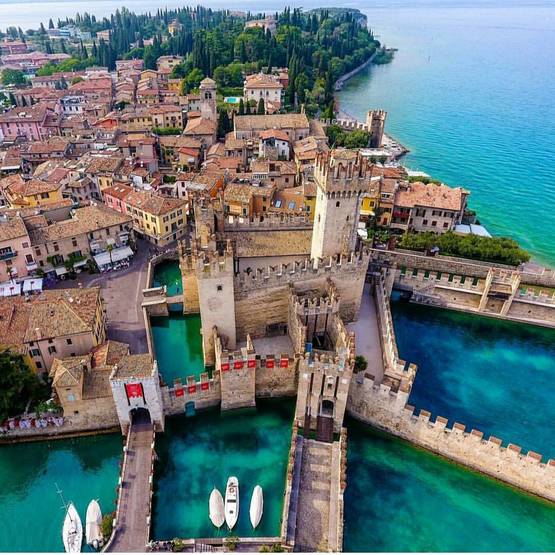
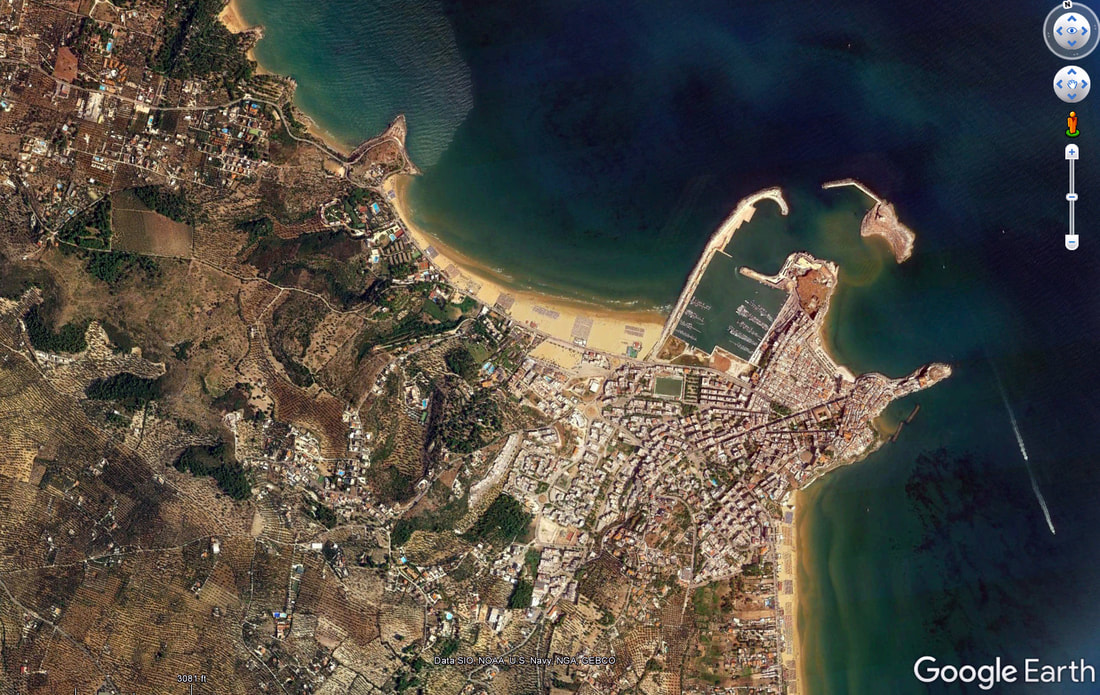
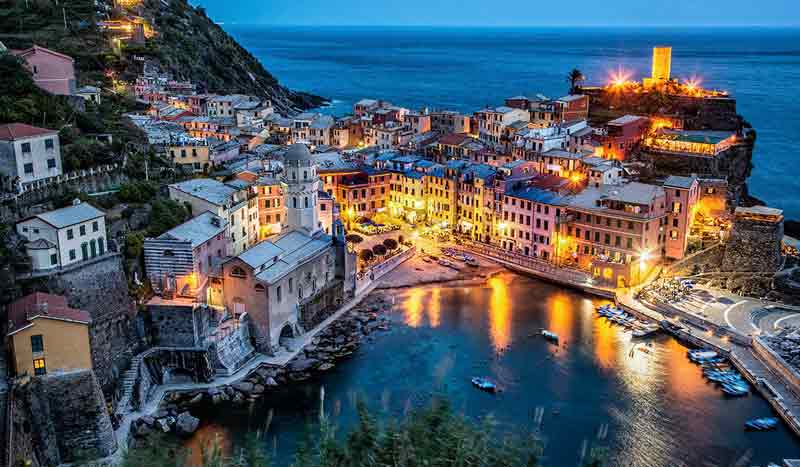
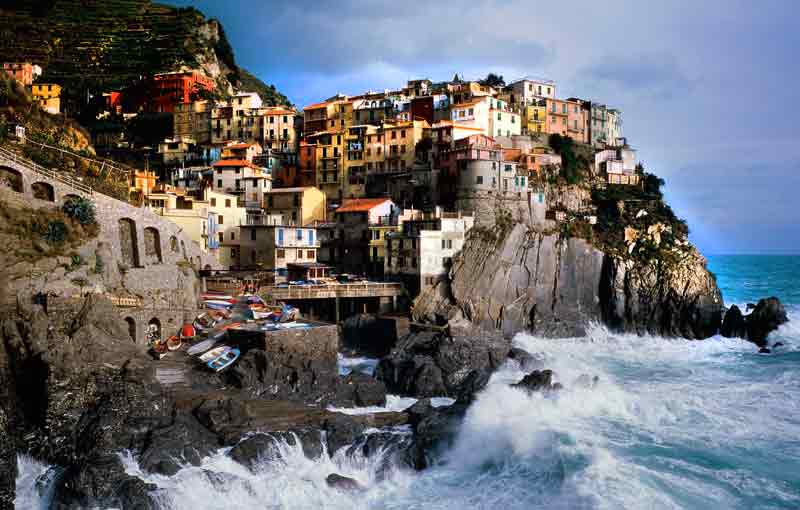
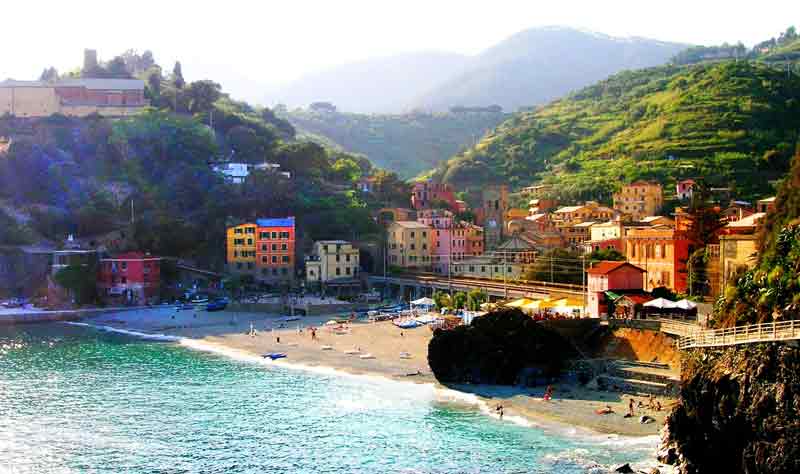
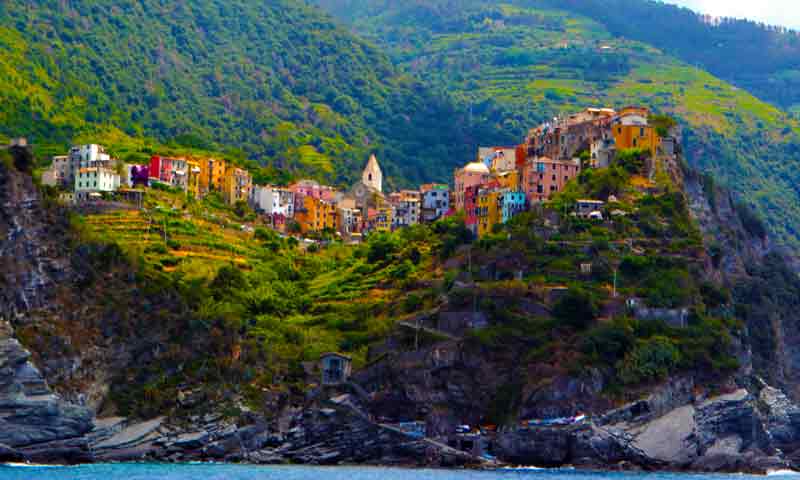
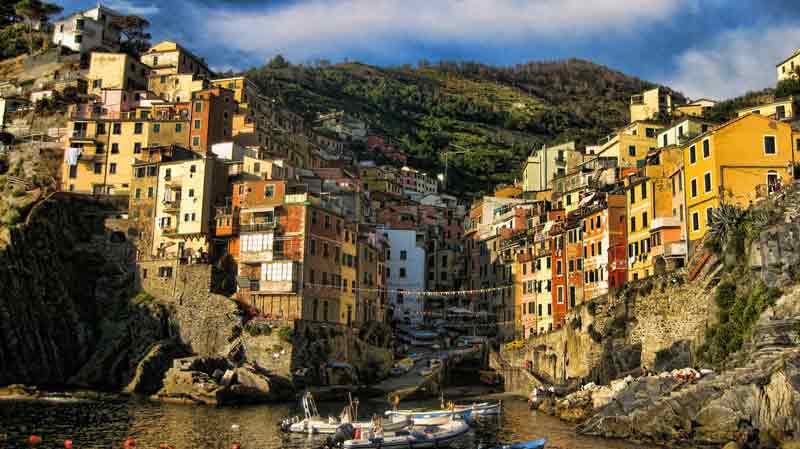
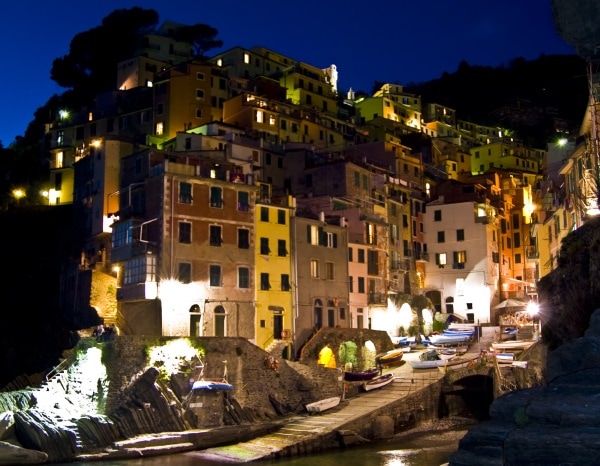
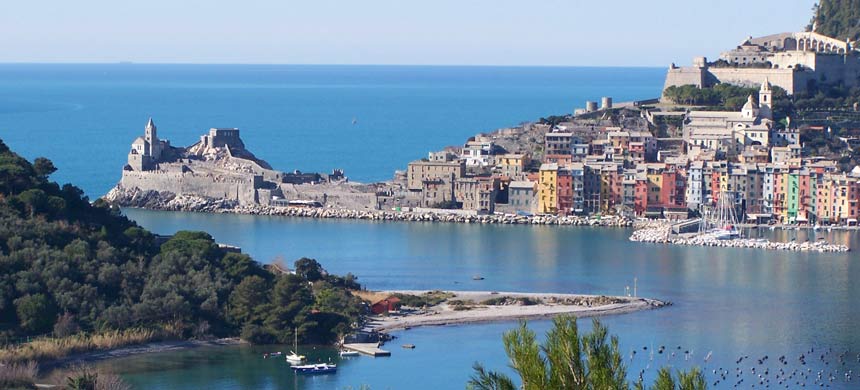
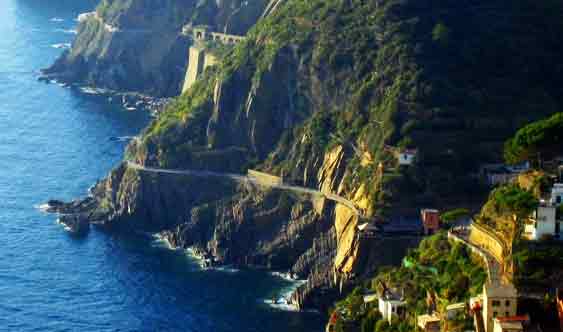
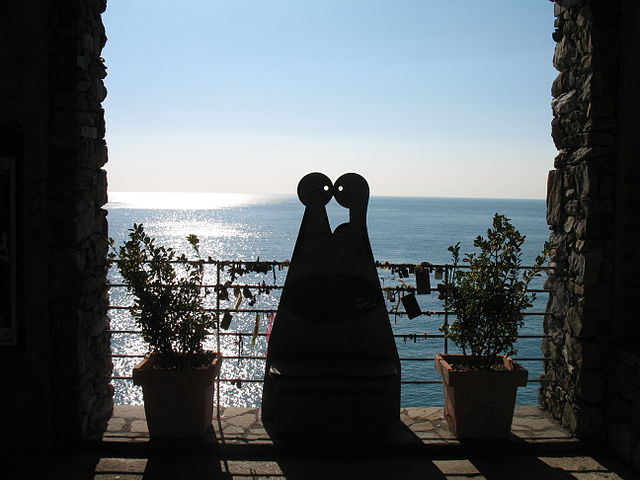
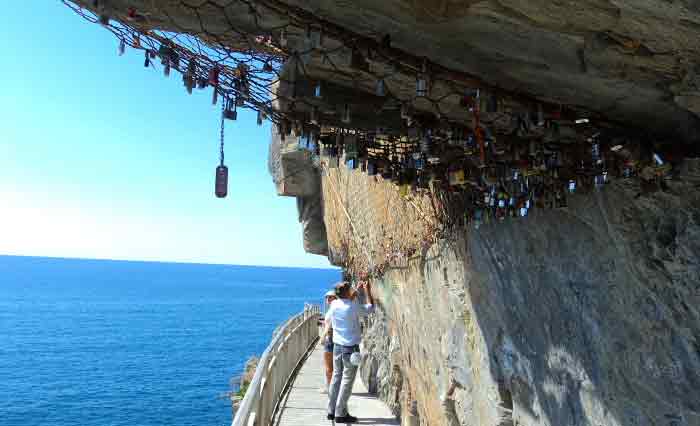
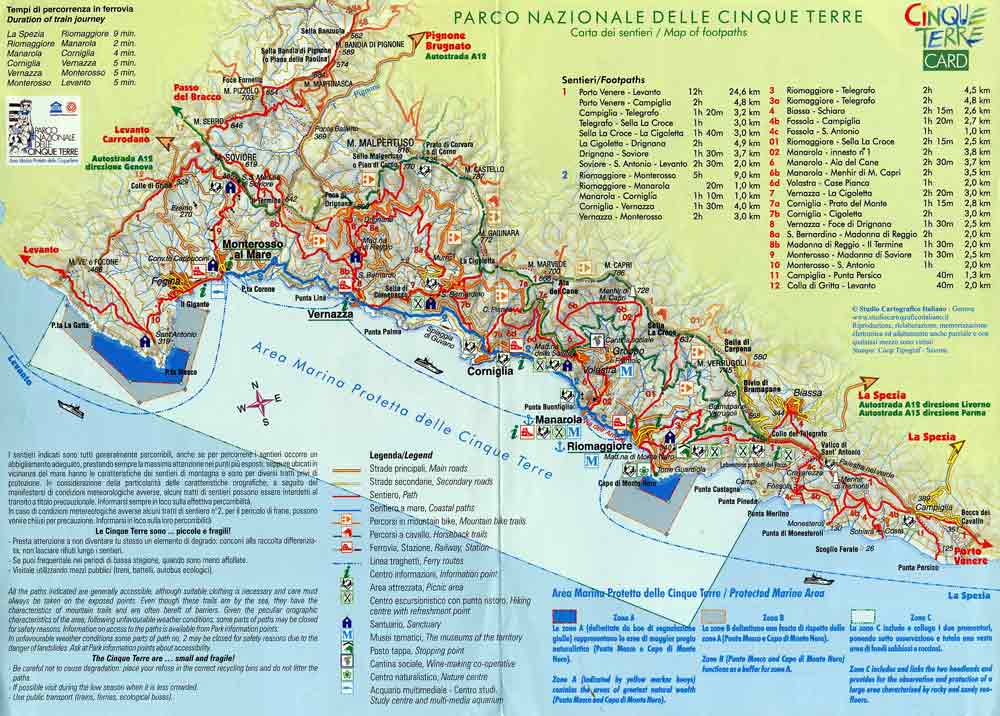
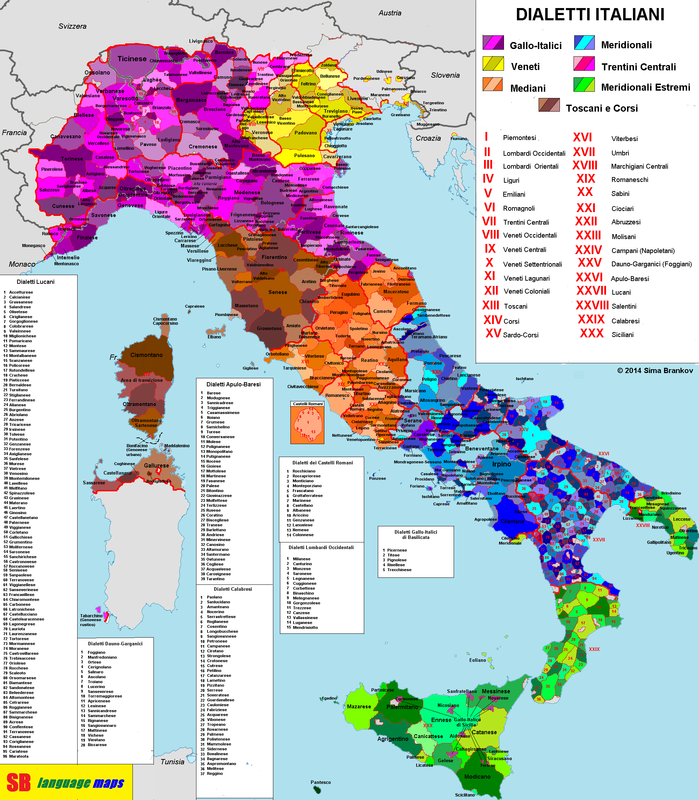

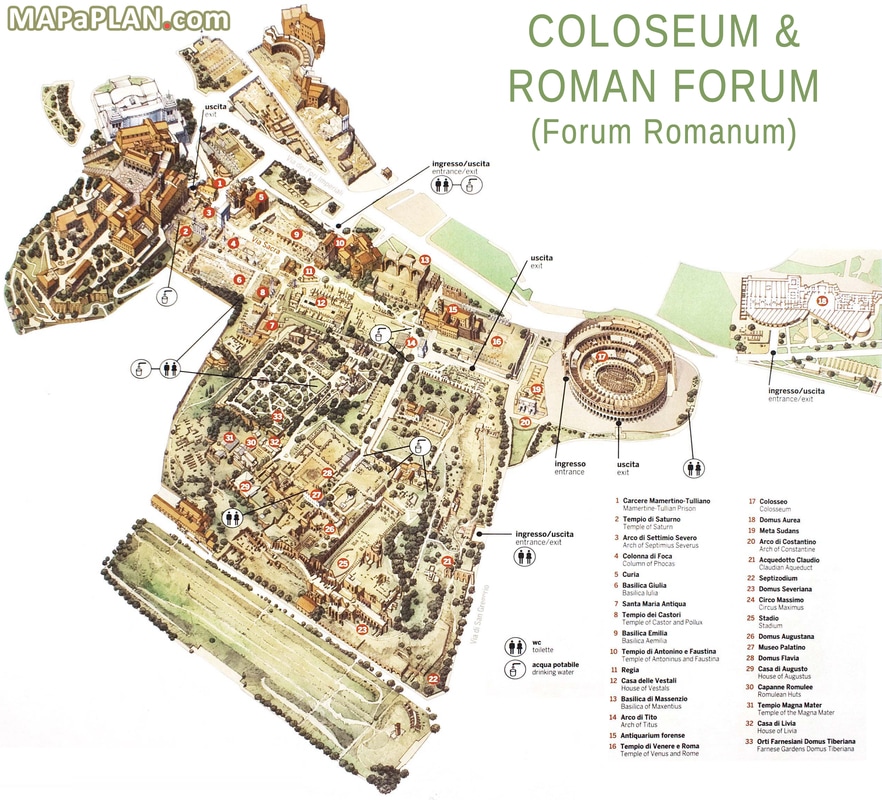

 RSS Feed
RSS Feed
